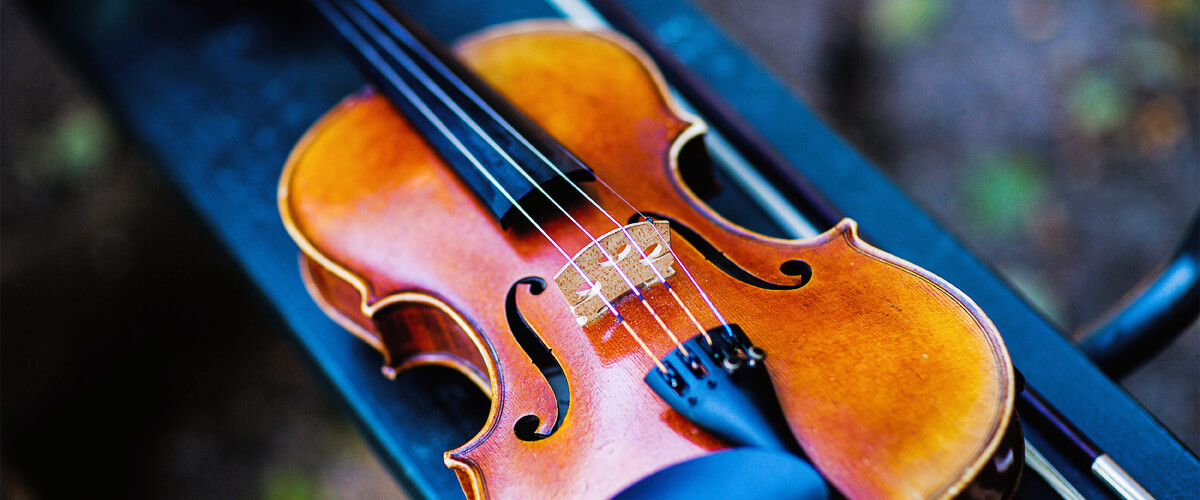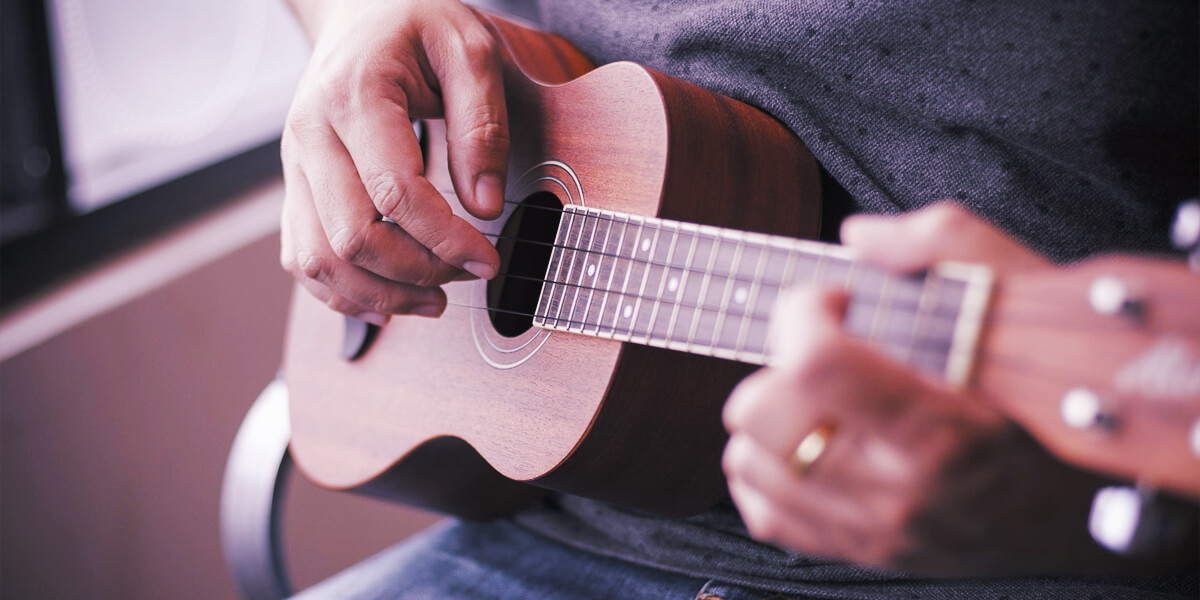How many strings are on a cello? This question often arises when delving into the world of the violoncello. As one of the most majestic and soulful instruments in the orchestral family, the cello captivates musicians and listeners. The strings are central to its distinctive sound, which play a vital role in shaping the instrument’s overall tonality and playability. Understanding the number and characteristics of cello strings is important for any cellist, whether you’re a beginner or a seasoned player.
Overview of cello strings
Cello strings come in a variety of types and materials, each contributing to the instrument’s unique sound and playability:
- Steel strings: Made from steel, these strings offer durability, brightness, and a focused tone. They provide excellent projection and stability, making them suitable for various musical styles.
- Synthetic strings: Designed to replicate the warmth and richness of gut strings, synthetic strings have a synthetic core wrapped with metals like tungsten or silver. They offer increased stability and longevity while maintaining a warm and resonant tone.
- Gut strings: Made from sheep or cow intestines, gut strings produce a warm, complex sound with a wide range of tonal colors. They are highly responsive and favored by many professional cellists for their rich and resonant tone.
When choosing cello strings, consider factors such as tonal preferences, projection, and sensitivity to bowing techniques. Each type of string has its characteristics that can significantly impact the player’s comfort and expression.
Possible cello tuning

Standard tuning
So, what are the strings on a cello? The cello typically has four strings, each tuned to a specific pitch. The standard tuning for cello strings, from lowest to highest, is C-G-D-A. Each string plays a distinct role and contributes to the overall range and tonal characteristics of the instrument.
The lowest string, tuned to C, is known as the C string. It provides a deep and resonant foundation, adding richness and depth to the cello’s sound. The G string, next in pitch, brings warmth and versatility, allowing for expressive playing in both low and high registers. The D string adds clarity and brilliance, while the highest string, tuned to A, provides a singing and melodic quality.
Scordatura
Scordatura refers to the practice of tuning cello strings differently than the standard tuning. Some common scordatura tuning include:
- “Solo” or “French” tuning: In this tuning, the A string is raised to B-flat. This tuning is sometimes used in solo repertoire, particularly in Baroque music.
- “Quartet” or “New” tuning: In this tuning, the strings are tuned in fifths, starting from C-G-D-A (similar to viola tuning). This alternative tuning can provide a different tonal palette and allows cellists to explore new harmonic and melodic possibilities.
While standard tuning is the most common and widely used, scordatura can be employed in specific musical contexts to enhance a performance’s interpretative possibilities and artistic vision.
Extended range tunings
Some cellists utilize extended-range tunings to expand the cello’s range beyond the standard four strings. Examples include:
- Five-string cello: A fifth string (usually tuned to low C or F) is added to the standard four-string cello. This allows for increased capabilities in the lower range and expands possibilities for bass lines and chords.
- High E string: Occasionally, cellists may add a high E string above the A string. This string provides access to higher registers, offering greater flexibility and opportunities for playing repertoire that requires reaching higher notes.
String construction and components
String core material:
- Steel: Steel core strings are known for their durability, bright tone, and focused sound. They offer excellent projection and stability.
- Synthetic materials (e.g., perlon): Synthetic core strings, like perlon, aim to replicate the warmth and richness of gut strings. They provide stability, longevity, and a balanced tone suitable for various musical styles.
- Gut: Gut strings, made from sheep or cow intestines, offer a warm, complex sound with a wide tonal range. They are highly responsive and favored by many professional cellists.
Wrapping material:
- Tungsten: Tungsten wrapping adds mass to the string, enhancing projection and providing a focused and powerful tone.
- Silver: Silver wrapping contributes to a warmer and more nuanced tone, adding richness and complexity to the sound.
- Nickel silver: Nickel silver wrapping offers a bright, clear sound with good projection and durability.
The choice of core and wrapping materials can significantly impact the tonal qualities, playability, and longevity of cello strings. Cellists can choose strings based on their desired sound characteristics, playing style, and musical preferences.
Choosing the right cello strings

When selecting cello strings, several factors should be considered to ensure the best fit for your instrument and playing style. Here are key factors to keep in mind:
- Playing style: Different playing styles, such as classical, jazz, or contemporary, can benefit from specific string characteristics. Classical musicians may prefer warm tone and projection, while jazz or contemporary cellists may prioritize flexibility and tonal versatility.
- Tonality: Determine the tonal qualities you desire from your cello. Strings can vary in warmth, brightness, richness, purity, and depth.
- Cello strings notes: Understanding the characteristics and differences among the cello strings notes is important. The standard strings on a cello, from lowest to highest, are C-G-D-A.
- Tension: Higher tension strings can offer more power and volume, while lower tension strings can provide increased flexibility and ease of playing.
- Musical genre: Different genres may benefit from specific tonal characteristics and responsiveness.
- Budget: Determine your budget range for cello strings. Higher-quality strings often come at a higher cost, but it’s essential to find a balance between quality and affordability.
String maintenance and care
Regularly cleaning cello strings to remove rosin residue, oils, and dirt is important for maintaining their optimal performance. After playing, it is advised to gently wipe the strings with a soft cloth to keep them clean. To ensure proper stringing cello, it is recommended to follow the manufacturer’s instructions.
Factors that can affect string longevity include:
- Playing frequency: Strings that are played more frequently will experience more wear and may need to be replaced more often.
- Technique: Aggressive playing techniques or excessive force on the strings can contribute to faster string wear.
- Environmental conditions: Extreme temperatures, humidity, and exposure to moisture can deteriorate string quality. Proper storage in a suitable case and using a humidifier when necessary can help mitigate these effects.
To ensure proper cello strings order, it is recommended to replace all strings at the same time. This helps maintain balanced tension and tonal consistency across the instrument.
FAQ
How often should I change my cello strings?
String change frequency varies but is generally every 3-6 months for professionals and from 1 year for players who play less often. Replace strings when they show signs of wear or loss of sound quality.
Can I mix different brands or types of cello strings?
Yes, you can mix strings, but ensure compatibility and maintain balanced tension across strings.
Can I use violin or viola strings on my cello?
No, cello strings are specifically designed for the cello’s size and tension. Therefore, violin or viola strings are not suitable.
How can I prolong my cello strings’ lifespan?
Clean strings after playing to remove rosin residue and oils. Store the cello properly, avoid extreme conditions, and use string cleaner/lubricant. Play with a balanced technique to minimize wear.











